#Japanese bread
Text
One thing that has been endlessly fascinating to me while studying Edo-period Japan is the fact that so many assumptions made about the world are rooted in the Western perspective.
Take bread, for example.
I'm sure you've seen quotes like "bread is a universal food that exists in every country" and "without bread civilization wouldn't exist the way we know it today." That's all nice and good but not necessarily true across time periods and places.
In Japan, bread was first introduced by the Portugese in the mid-1500s, but it didn't actually catch on until much later.
The oldest surviving Japanese bread recipe was written down in 1841 by Egawa Tarozaemon, governor of Nirayama, teacher of Western gunnery, and builder of coastal artillery defenses.

Tarozaemon's bread recipe (from Yahoo News).
Tarozaemon's 1841 bread recipe is for a German sweet bread and substitutes amazake for the yeast and sugar content of the original. However, the written recipe does not include amounts for any of the ingredients, making it somewhat difficult to replicate without much trial and error.
The researchers studying Tarozaemon's records speculate that it was actually his mother who had an interest in baking and who was known for her excellent castella. They believe she may have been interested in other Western recipes and Tarozaemon, who employed at least two scholars of Western learning, might have been happy to oblige by copying recipes for her to try.
Alongside the German sweet bread, Tarozaemon also wrote down recipes for a kind of hardtack to be used by his troops, and two kinds of confections, which were perhaps more suitable to his mother's baking interests.
One bread-like product introduced to Japan by the Portugese did catch on: castella, a kind of sponge cake still popular today.
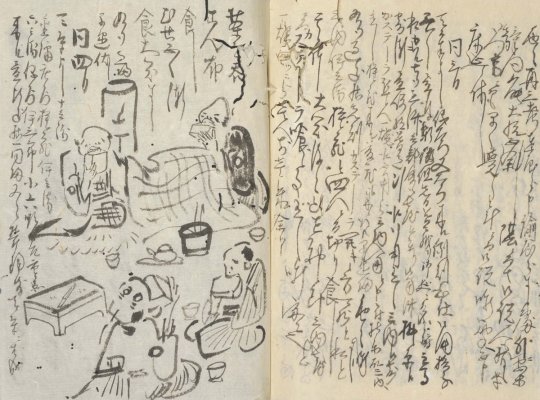
Matsudaira Mikinosuke and friends enjoying enormous slices of castella during the late Edo period.
During the time of Tokugawa Iemitsu, castella was served almost exclusively to the emperor and foreign envoys. By the time of Tokugawa Tsunayoshi, its popularity had spread across the country, but it was still only available to the upper classes of high-ranking samurai and wealthy merchants. That's because it was made with expensive ingredients: specifically, eggs and white sugar. It finally became widely available to the masses by the end of the 1700s.
Edo period castella was more crispy than today's moist and fluffy Nagasaki-style castella. Described as a "simple, crispy pound cake", it was commonly eaten alongside miso soup or with grated daikon and wasabi.
Fun fact: castella was also used as a nutritional supplement for tuberculosis patients.
...
Speaking of eggs and their expense:
Even with today's soaring egg prices, eggs in the Edo period were more than 20 times more expensive than they are in 2023. By the early 1800s, an individual egg cost 20 mon, while a whole bowl of soba only cost 16.
The reason eggs were so expensive is that people did not generally raise animals for consumption until the very end of the Edo period, though that didn't really take off until the Meiji period, which is when we first see large-scale egg production in Japan.
People did keep chickens during the Edo period, specifically for their eggs and not their meat. In fact, many lower-ranking samurai raised small flocks of chickens to supplement their incomes by selling the eggs, something that had been encouraged since the time of Tokugawa Iemitsu. However, chickens at the time were not bred to produce large volumes. They often did not lay eggs regularly, and sometimes did not lay at all if the weather was particularly hot or cold.
Eggs, as well as meat, were often considered medicinal - something you purchased for a sick relative or to increase your own strength, though in many cases the primary reason for the medicinal label was getting around the feeling of guilt for consuming them, since it was frowned upon under both Shinto and Buddhist beliefs.
Even with those religious beliefs, meat was actually eaten pretty regularly in the Edo period by those who could afford it.
By the end of the 1700s, at least one restaurant in Edo specialized in wild boar, the most commonly consumed meat in the Edo period based on archeological finds. Others include deer, serow, assorted wild birds such as pheasant and quail, occasionally bears and, at times, dogs.
#history notes#historical notes#history reference#historical reference#history research#historical research#edo period food#bread#Japanese bread#castella#eggs#meat
30 notes
·
View notes
Text


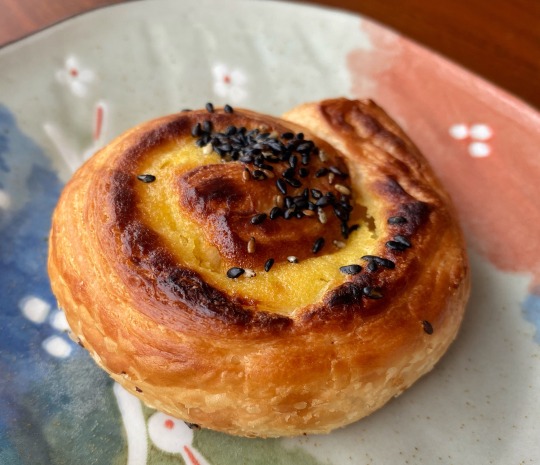
“Danish rolls” with sweet potato filling! Very flaky and surprisingly buttery and tasty for a 7-11 bread. Definitely recommend, especially toasted!
#japanese food#japanese bread#sweet potato#breakfast#autumn in japan#old photo; if you point out the expy date i will come to your HOUSE
123 notes
·
View notes
Text
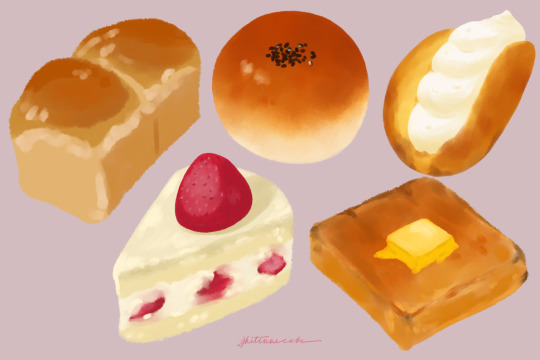
Some bread and a cake
#artists on tumblr#illustration#artph#japanese bread#strawberry shortcake#toast#food#food illustration#japanese bakery
112 notes
·
View notes
Photo


クラウンメロンロール
Yesterday I saw a video of a dog in the rescue center that wag its tail excitedly whenever someone pass by, but no one ever decided to adopt him and so as time when by his wagging got less energy.
Man I cried my eyeballs out.
24 notes
·
View notes
Text


Japanese milk bread - gluten free
I've never had the real deal, and I am sure there are differences. This is the closest I've gotten to my fantasy of it though, and whether it's similar to the original or not... it's pretty awesome! Slightly less fluffy than my regular white bread, it's richer and holds up well with fillings.
I make it in my bread maker on quick french cycle, so obviously it's not going to have the pretty bun shapes. But I figured the wrapping was mainly for developing gluten, and that's not going to happen, is it.
Add in this order:
12,5 gr fresh yeast
150 ml cold milk and 150 ml hot water mixed together
2 tbsp oil
4 dl gluten free flour (I use Schär type B)
2 tbsp psyllium husk
1 dl powdered full cream milk
1 tbsp sugar
1 tsp salt
#Japanese milk bread#gluten free#gluten free milk bread#milk bread#bread#baking#gluten free baking#food#gluten free bread#japanese bread
7 notes
·
View notes
Text
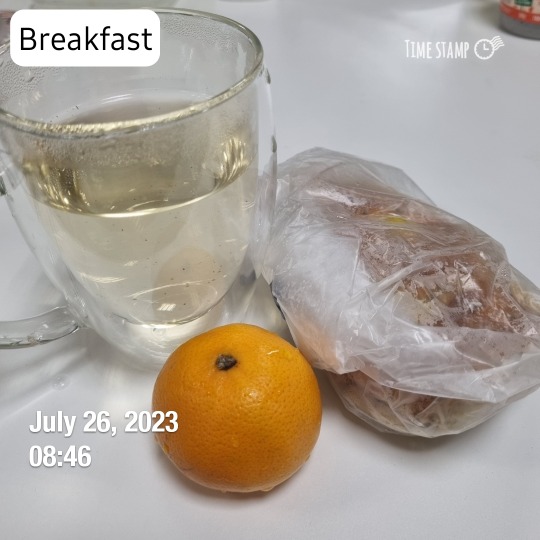
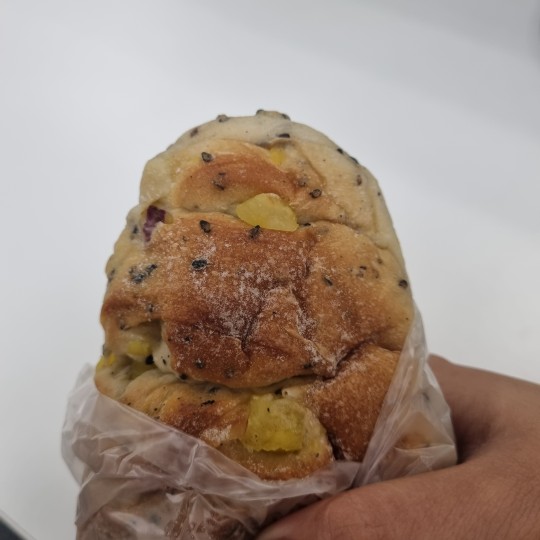
26/7/2023 - Breakfast
DONQ sweet potato bread ($3.20)
This bread is AMAZING. You'd think the apple bread yesterday would've been better but no. The bread is much denser with bits of sweet potato throughout the whole bread. Even the dough has a nice subtle sweetness. The black sesame seeds provides more textures and nuttiness. So happy at this unexpected find!
Mandarin
Chinese Tea (total of 4 rounds)
0 notes
Text

These small japanese milk breads were a delight, but I'd make them a tad bigger.
#Japanese milk breads#Japanese milk bread#milk breads#milk bread#Japanese baking#Japanese bread#homemade baking#baking
1 note
·
View note
Text
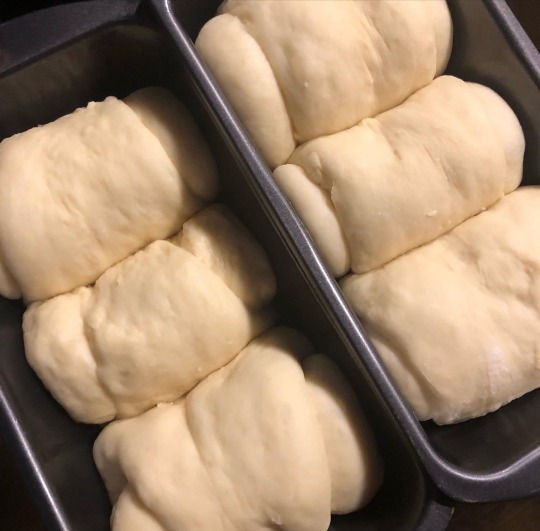


I helped make this delicious Japanese milk bread yesterday, and it’s hands down the best bread I’ve ever had. I’ve gotta make this again. 🍞💛
#Japanese milk bread#Japanese bread#milk bread#Hokkaido milk bread#kawaii#cottage core#aesthetic#bread#delicious#baking#baking bread
1 note
·
View note
Photo
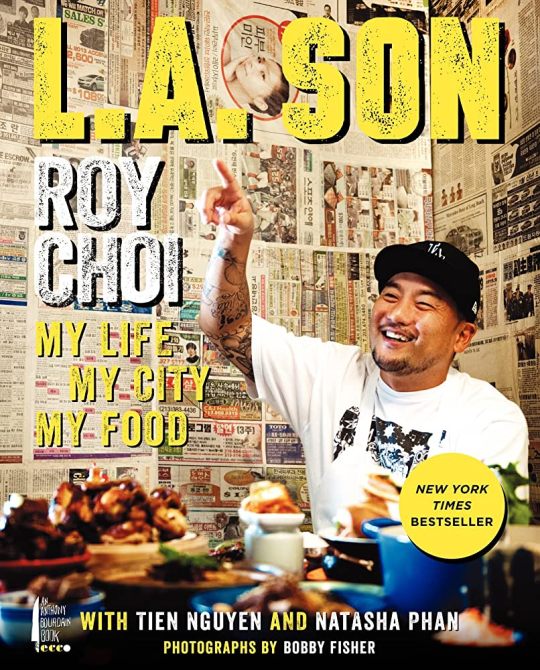





Some of my favorite cookbooks.
#food#cookbooks#books#cooking#baking#bread#japanese bread#dessert#roy choi#tiki#cocktails#betty crocker
1 note
·
View note
Text

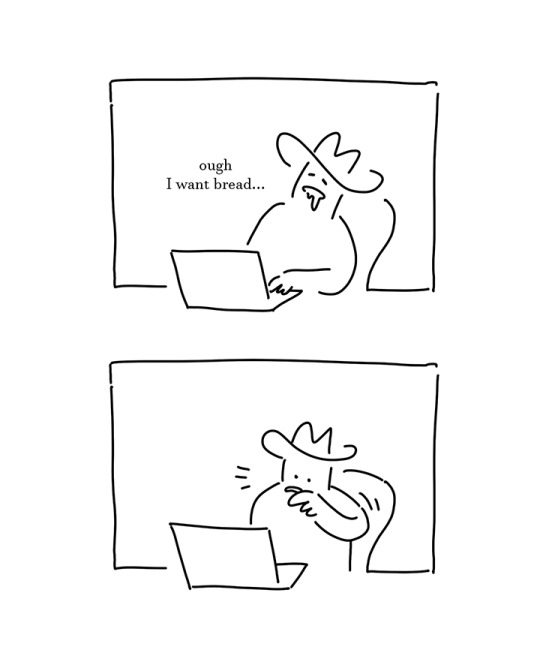
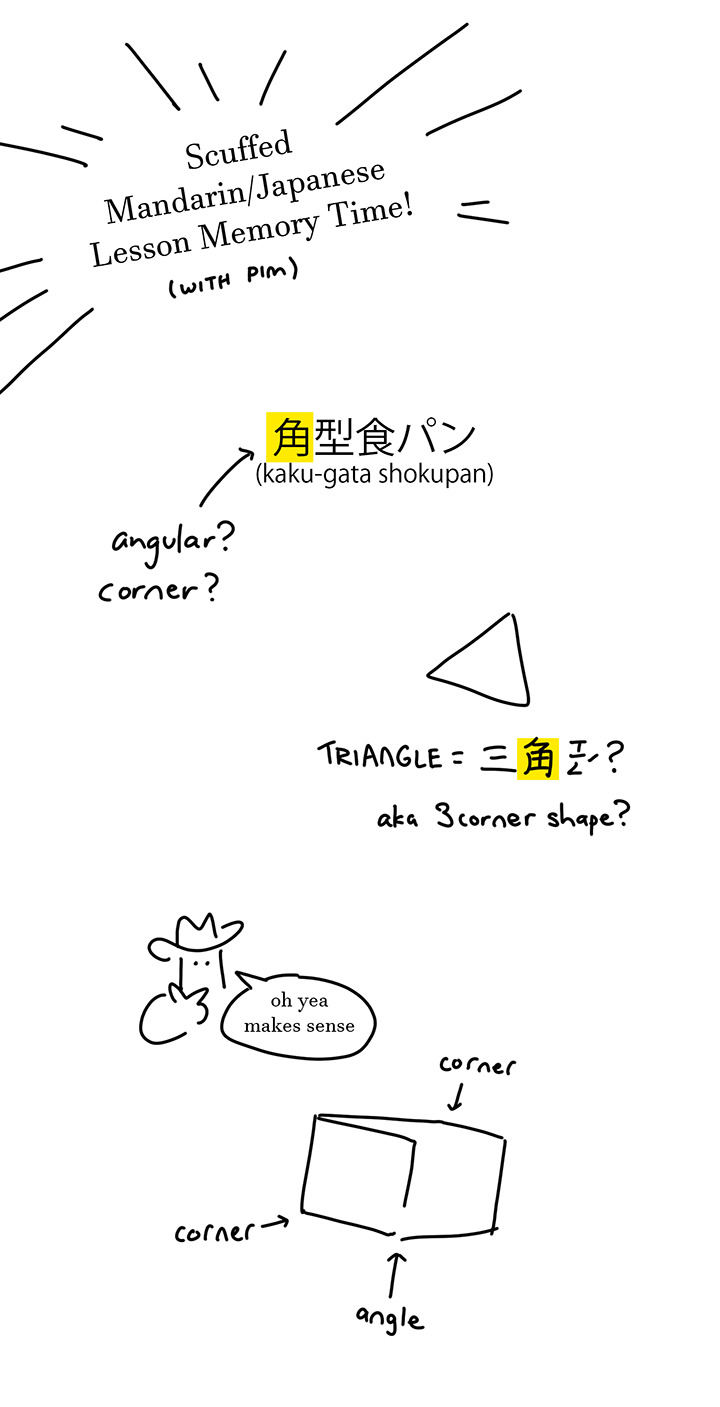
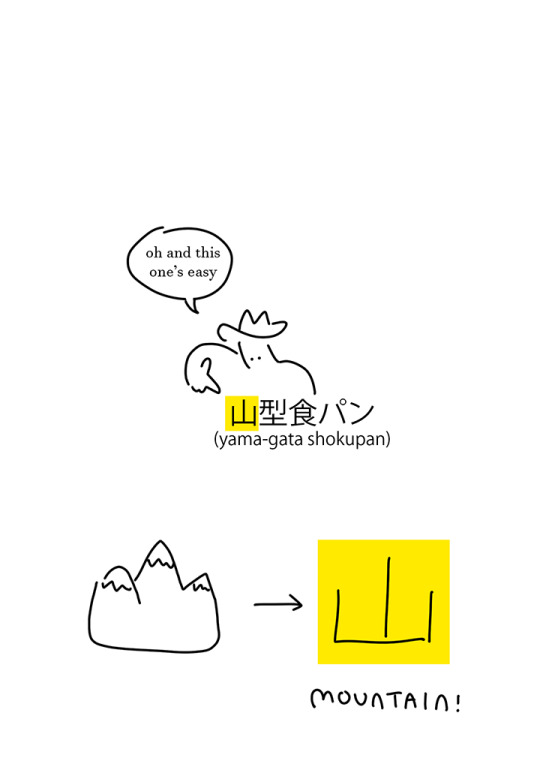
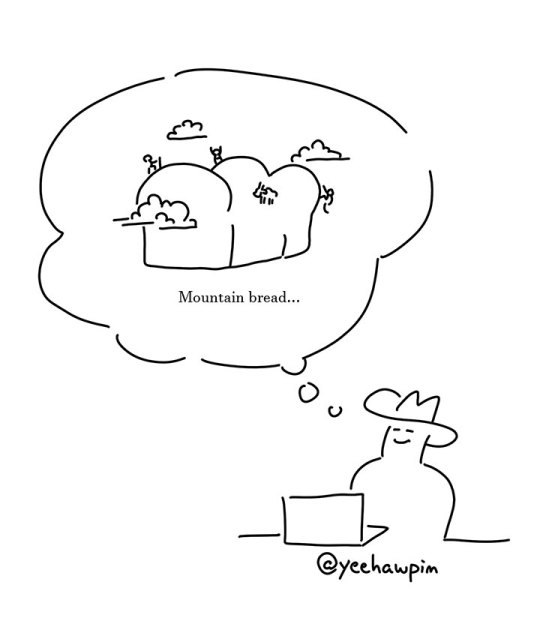
#original comic#artists on tumblr#indie comics#japanese#mandarin#shokupan#linguistics#language#comic#bread#food#my art#my comic#i miss plain toasted shokupan......#i like the square kind the best bc crust is my fav
3K notes
·
View notes
Text

The Softest Japanese Milk Bread
1K notes
·
View notes
Text
My Favourite Japanese Bread 😍
These are my uber favourite Japanese breads. Melon pan and wassant (i like chocolate wassant than the plain one).
I think.. Melon pan’s texture is more likely a cake (like pound cake) rather than a bread. It has hard texture outside but soft inside. The taste is sweet (not tooooo sweet 😁👍👍👍)
😍 melon pan is a must try Japanese bread
Wassant is layered bread. I love its layers, soft texture,…
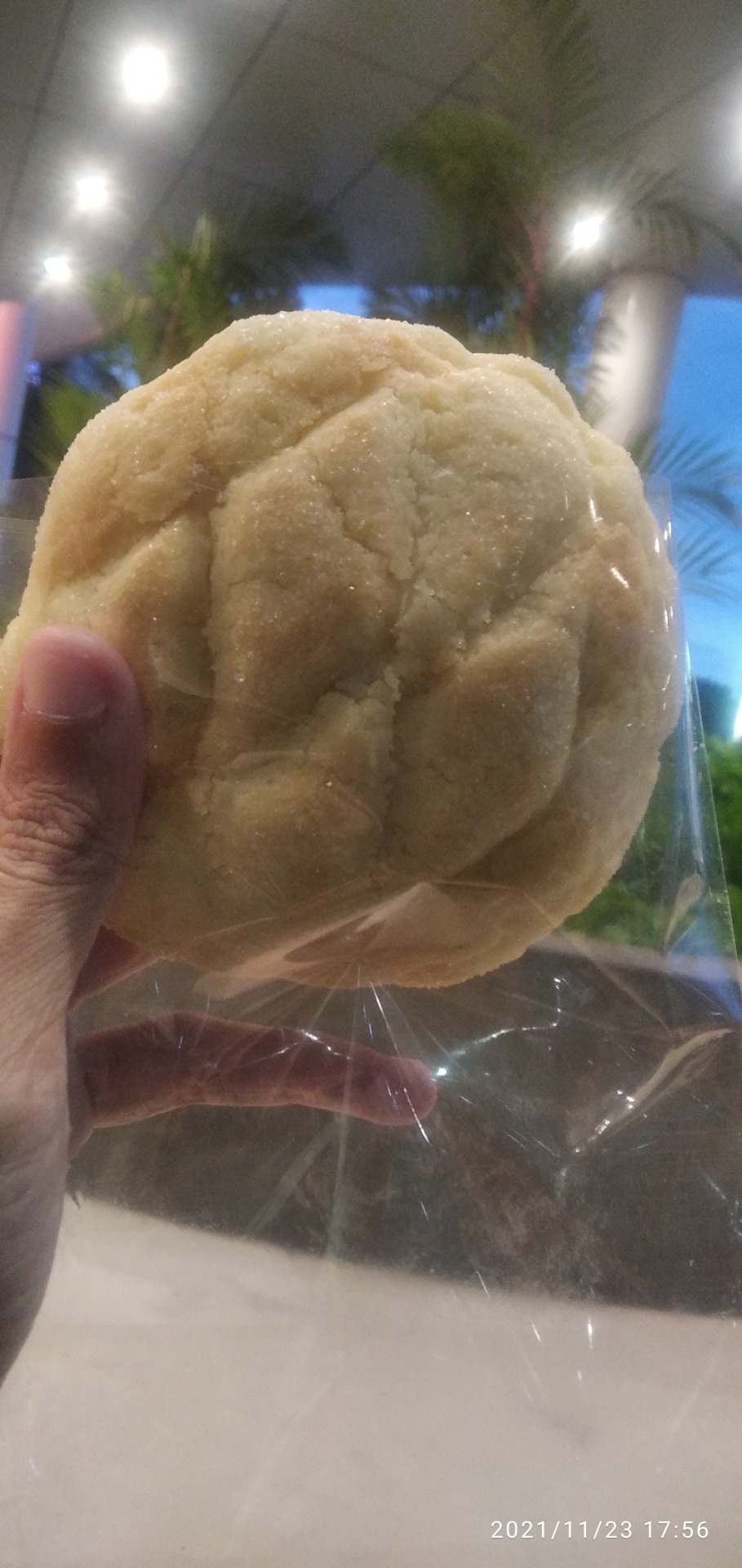
View On WordPress
0 notes
Text



For @todayintokyo, who likes Nagasaki seaside but doesn’t want to see fish ;) A delicious rice flour bread roll for breakfast on a short boat tour. We went to see this island, which is officially named Hashima but commonly known as Gunkanjima (Battleship Island) because, well, look at it!
Hashima is now a ghost town, but it was settled as an offshore mining facility in the late 1880s and abandoned upon the depletion of coal in the 1970s. It is a super eerie place to visit, and entry/tours are strictly regulated both because of rough sea conditions and because the buildings are in such a state of disrepair. We visited two days after the very serious Typhoon 14, so we were unable to go ashore this time, but I should dig up my pictures from 2010......
78 notes
·
View notes
Text

636 notes
·
View notes
Text

Bacon Scallion Milk Buns
182 notes
·
View notes
